- Messages
- 1,223
Steve / "That's what she said." / CarellLots of good stuff today. Going wiith this. Everyone I know who visited came away with "much smaller than I thought". . . ..
Follow along with the video below to see how to install our site as a web app on your home screen.
Note: This feature may not be available in some browsers.
Steve / "That's what she said." / CarellLots of good stuff today. Going wiith this. Everyone I know who visited came away with "much smaller than I thought". . . ..
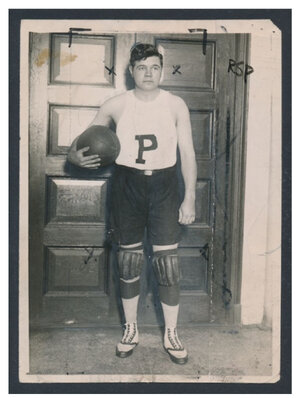

The version of the Boston Tea Party I read as an adult has always struck me as more likely. Enterprising Yankees were smuggling in tea from the Dutch and selling it at a price below the taxed tea price. The British responded by reducing the tax on tea until the retail sale price for legally taxed tea in Boston was less than the cost at which the Dutch merchants (who were suppling the Yankee smugglers) could buy it. So in frustration at the British undercutting the price of tea, the Yankees resorted to violence by throwing the legal/competing tea into the harbor in order to maintain a market for the higher priced, smuggled tea that they had already purchased.On This Day in History – 1774: King George III Acts Against Boston
On March 7, 1774, King George III formally charged the colonists in Boston with attempting to harm British commerce, following the rebellious actions of the Boston Tea Party. In response to the colonists’ protest against British taxation, where they had thrown an entire shipment of tea into Boston Harbor, the British government began to take punitive measures. The charge paved the way for the Intolerable Acts, which included the closure of the Boston Port—effectively strangling the city’s economy as punishment for the Tea Party.
The harsh response from the British government only fueled anger and resentment among the colonists, uniting them in their opposition to British rule. This confrontation marked a turning point, one that would soon lead to the outbreak of the American Revolution.
#OnThisDay #BostonTeaParty #TheDigPodcast
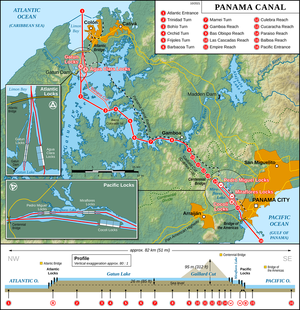
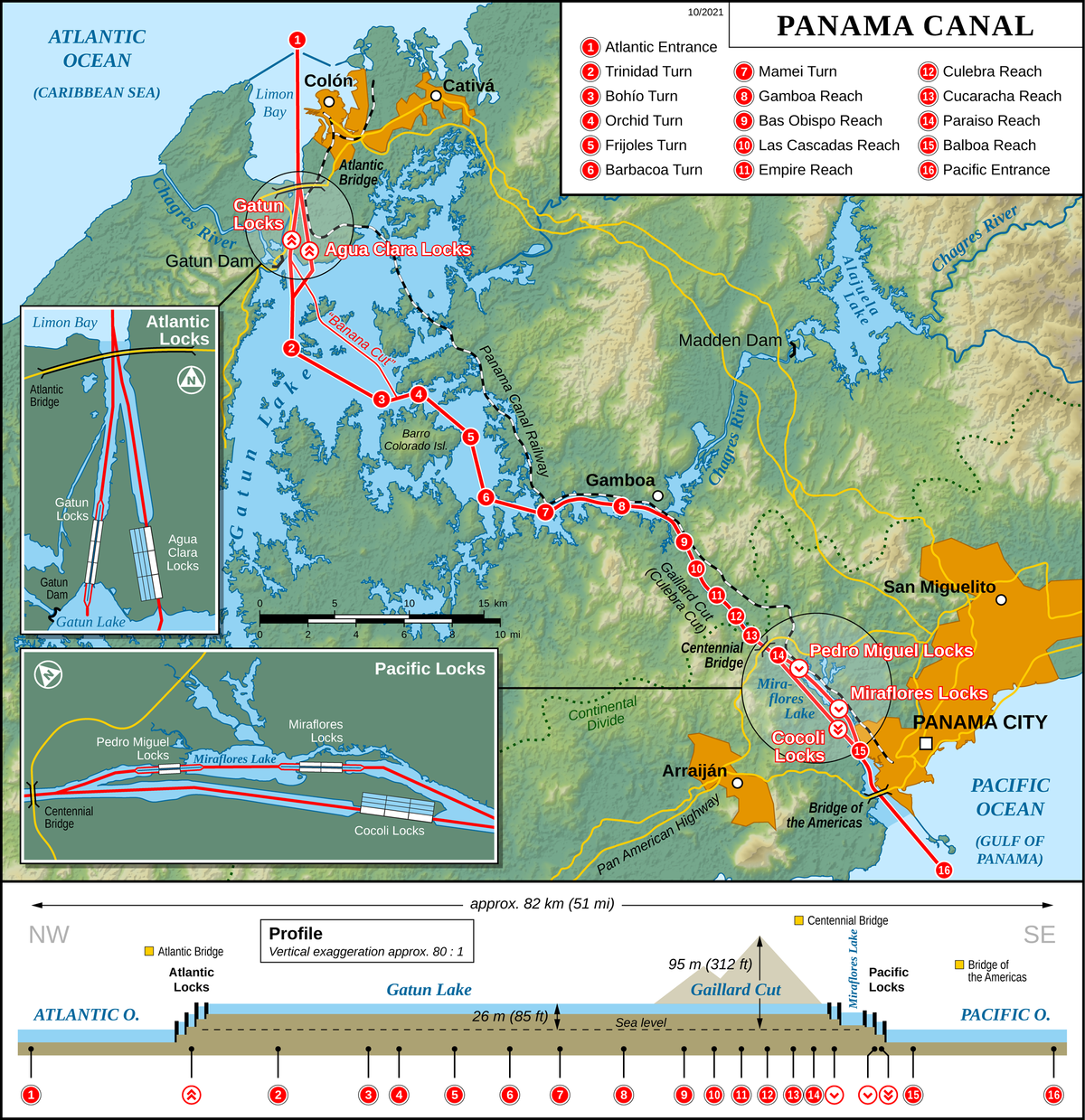
This is the more likely reason. The incident was motivated mostly for the reason you stated. It was also to show they would not submit to taxes imposed without the colonies having a say. Still the overriding reason was the fear of lost income.The version of the Boston Tea Party I read as an adult has always struck me as more likely. Enterprising Yankees were smuggling in tea from the Dutch and selling it at a price below the taxed tea price. The British responded by reducing the tax on tea until the retail sale price for legally taxed tea in Boston was less than the cost at which the Dutch merchants (who were suppling the Yankee smugglers) could buy it. So in frustration at the British undercutting the price of tea, the Yankees resorted to violence by throwing the legal/competing tea into the harbor in order to maintain a market for the higher priced, smuggled tea that they had already purchased.
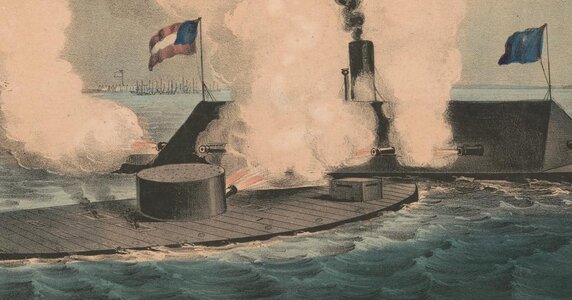
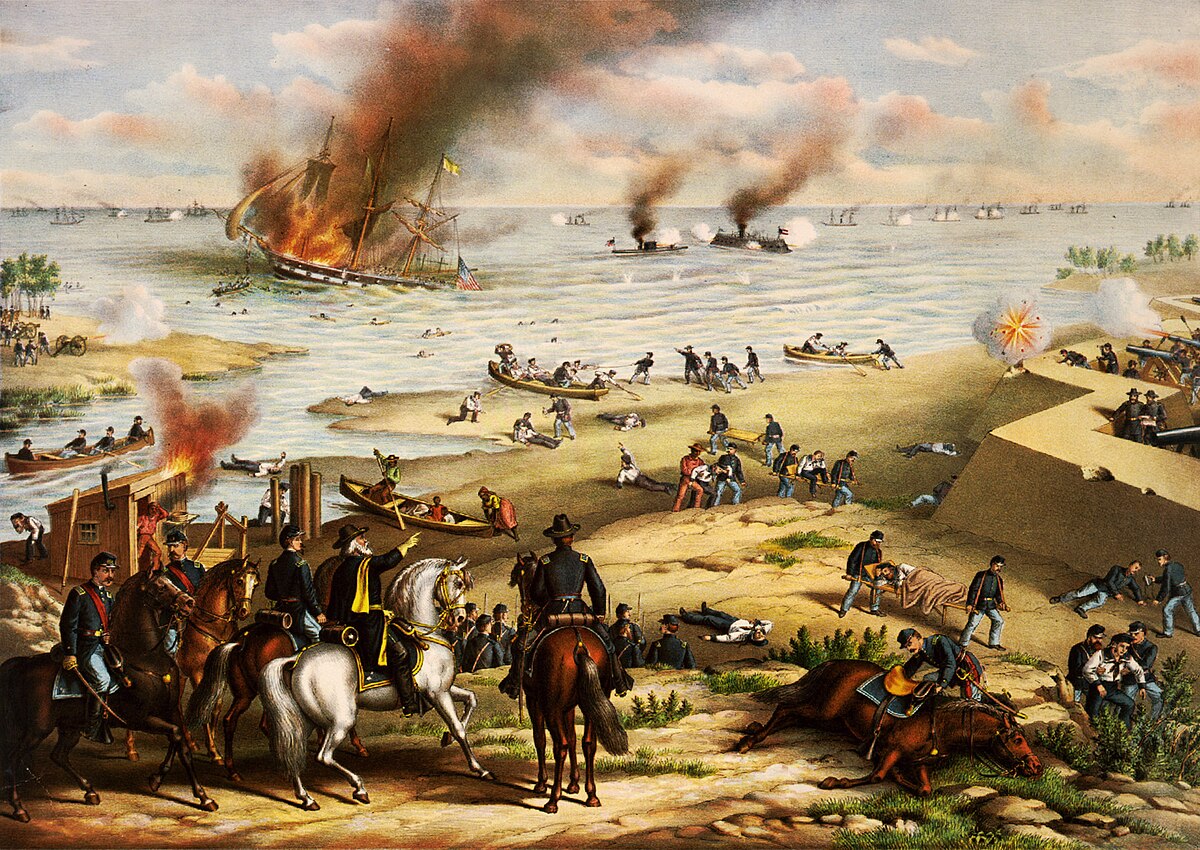
I have visited the Mariner's Museum in Newport News several times. And it is always a thrill to see the progress they continue to make in preserving the Monitor. But outside the Museum where you can walk on, under, and around the full size replica (outside) of the Monitor is just amazing. I'm sure that those with a better imagination than I have, when first seeing the replica of the Monitor think, "This looks about right." But for me, my first impression was, "This thing is huge!" The first time I saw the USS North Carolina, was on Saturday, October 14, 1961. It was huge, but I was expecting it to be huge. The replica of the Monitor was so much bigger than I expected, that in retrospect makes me wonder, "What was I expecting?" In reality, the Monitor was exactly the size it needed to be, not a foot to long or a foot too short.The Battle of Hampton Roads, also referred to as the Battle of the Monitor and Merrimack (actually the CSS Virginia, having been rebuilt and renamed) or the Battle of Ironclads, was a naval battle during the American Civil War.
The battle was fought over two days, March 8 and 9, 1862, in Hampton Roads, a roadstead in Virginia where the Elizabeth and Nansemond rivers meet the James River just before it flows into Chesapeake Bay by the city of Norfolk. The battle was a part of the effort of the Confederacy to break the Union blockade, which had cut off Virginia's largest cities and major industrial centers, Norfolk and Richmond, from international trade.[2][3] At least one historian has argued that, rather than trying to break the blockade, the Confederacy was simply trying to take complete control of Hampton Roads in order to protect Norfolk and Richmond.[4]
This battle was significant in that it was the first combat between ironclad warships, the USS Monitor and CSS Virginia. The Confederate fleet consisted of the ironclad ram Virginia (built from remnants of the burned steam frigate USS Merrimack, the newest warship of the Union Navy) and several supporting vessels. On the first day of battle, they were opposed by several conventional, wooden-hulled ships of the Union Navy.

Battle of Hampton Roads - Wikipedia
en.m.wikipedia.org
I British naval officer was present at the battle. He went back to London and told the Admiralty that their entire fleet of wooden ships was now obsolete.I have visited the Mariner's Museum in Newport News several times. And it is always a thrill to see the progress they continue to make in preserving the Monitor. But outside the Museum where you can walk on, under, and around the full size replica (outside) of the Monitor is just amazing. I'm sure that those with a better imagination than I have, when first seeing the replica of the Monitor think, "This looks about right." But for me, my first impression was, "This thing is huge!" The first time I saw the USS North Carolina, was on Saturday, October 14, 1961. It was huge, but I was expecting it to be huge. The replica of the Monitor was so much bigger than I expected, that in retrospect makes me wonder, "What was I expecting?" In reality, the Monitor was exactly the size it needed to be, not a foot to long or a foot too short.
Which apparently was exactly the effect that John Erricsson hoped it would have. He named it the "Monitor" as a warning to the British that vessels like it would be "monitoring" the activity of the British. And in another 15 years or so, the US did have seagoing "Monitors" that could make it around the bottom of South America.I British naval officer was present at the battle. He went back to London and told the Admiralty that their entire fleet of wooden ships was now obsolete.
And that the Monitor went from blueprints to floating in the Hudson River in Edit/four months/Edit "has always seemed to epitomize the nature of" the United States.The Monitor/Merrimac battle and the design of the respective vessels has always seemed to epitomize the nature of the two sides in that conflict.
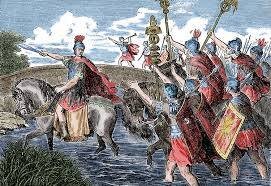
I has a friend at Highland I visited a couple of times . Maybe 1990? Earlier she had been my Cub Scout Asst leader as I was the Packmaster . She did all the work in planning crafts etc -I was the "face"#OTD (March 10) in 1948 the main building at Asheville’s Highland Hospital burned to the ground. Nine women died, including Zelda Fitzgerald, the wife of author F. Scott Fitzgerald. Highland’s business was in treating ‘nervous disorders.’ Psychiatrist Dr. Robert S. Carroll had opened his ‘sanatorium’ in 1904 to treat those with “nervous disease” as mental and emotional disorders were known at the time. Addiction was also addressed by treatments at Highland.
Dr. Carroll gave over the facility to the Duke University Neuropsychiatric Department in 1939. Under Duke management, exercise, especially mountain trekking, was stressed as a regimen for the patients. Zelda Fitzgerald’s biographer, Nancy Milford wrote of the place in 1970: “This was not hiking, nor was it supposed to be a particularly enjoyable exercise; it was to teach the disturbed to overcome obstacles by learning perseverance. A nurse who was at the hospital at the time said that the exercise ‘was to accustom the patient to the reality of endeavor, endless and routine. The monotonous plodding along of everyday life might be a sound analogy.’”
Zelda herself wrote of Highland in letters to Scott, “For as long as a year, Highland Hospital is a excellent a regime as I know; but it’s the only hospital that I have ever been in that makes no provisions for any personal life –[leisure, right of opinion, liberties such as town etc.] –and after three years of such, the soul begins to perish.” (From Bryer and Barks. Dear Scott, Dearest Zelda, 2002)
The facility had fire escapes but no sprinkler system and a dumb waiter system actually served to move the fire, started from an electric coffee urn left on in the kitchen, through the structure with great speed. A March 12 Asheville Citizen article noted that firemen were thwarted in their rescue by “heavily screened porches and windows shackled with chains as a precautionary measure to keep patients from jumping out.” (From Tuesday History: The fire at Highland Hospital) Eleven patients were saved just the same.
Today there is a memorial plaque nearby the location on private property at 163 Zillacoa Street that lists the names of the eleven who died. It also bears a quotation by F. Scott Fitzgerald that reads, “I don’t need anything except hope, which I can’t find by looking backwards or forwards, so I suppose the thing is to shut my eyes.” The ‘Mountain Times’ link and this one from The NC Department of Cultural Resources has more: Zelda Fitzgerald Casualty of Hospital Fire, 1948
